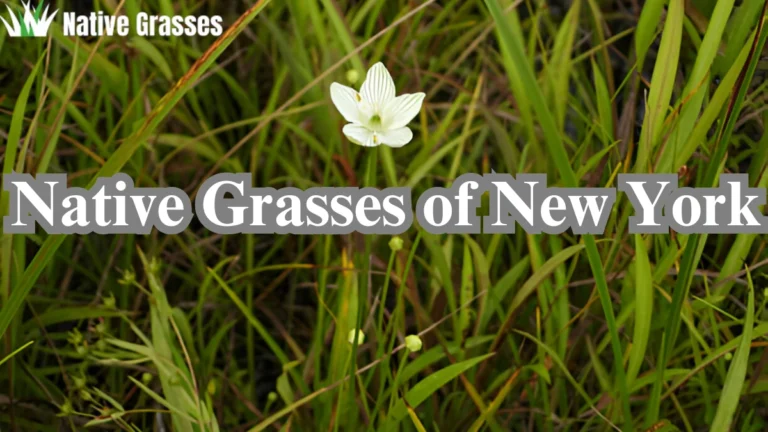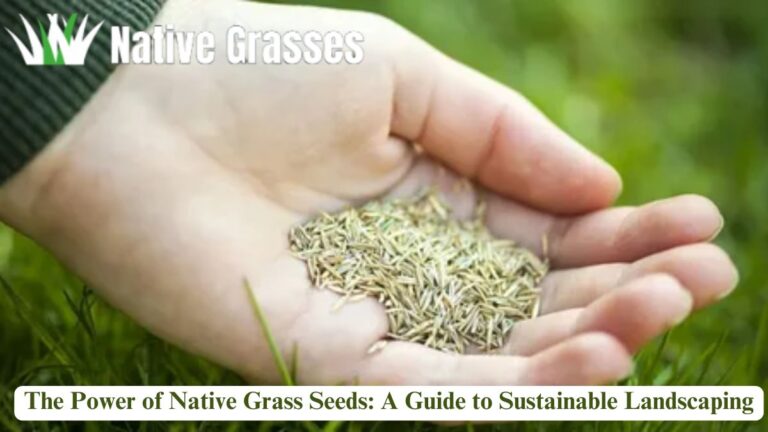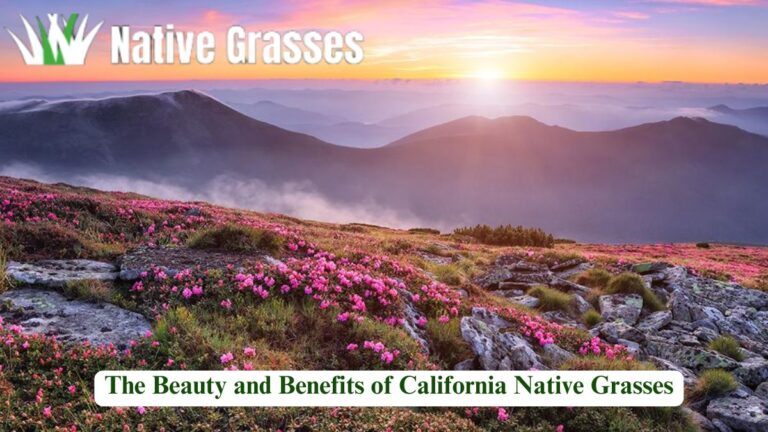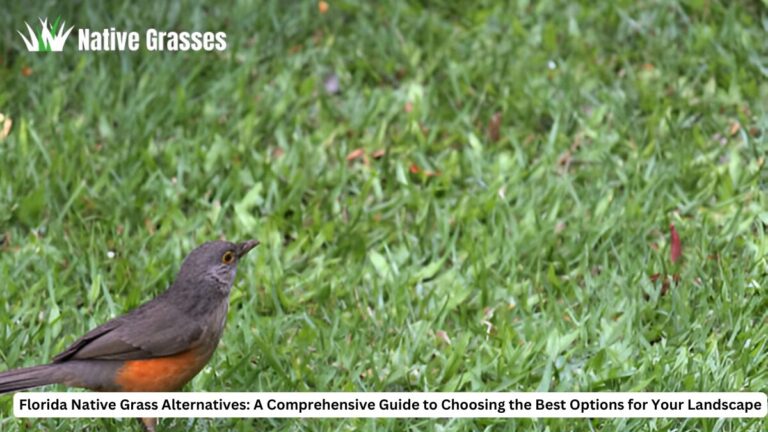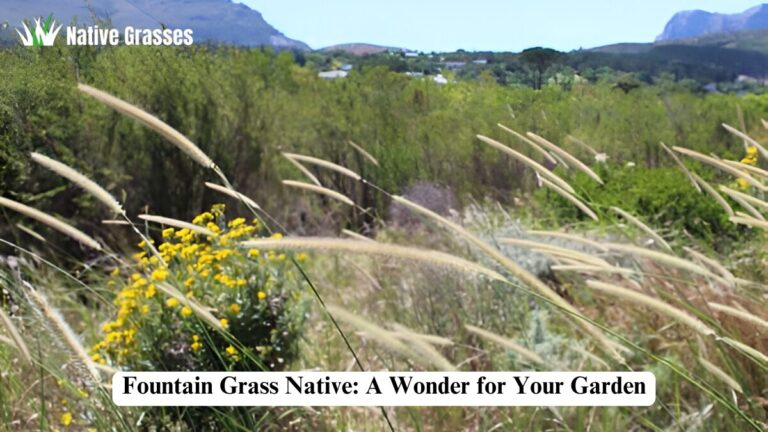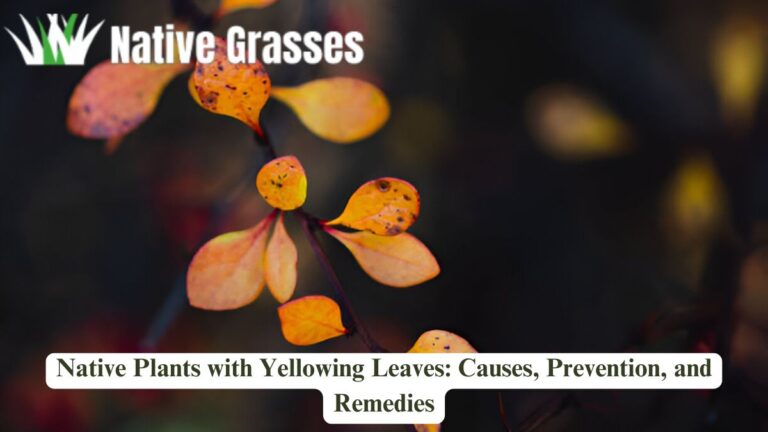Why Are Native Grasses Important?

Native grasses form the backbone of healthy ecosystems, providing benefits that stretch from enhancing biodiversity to combating climate change. They are a vital, though often overlooked, component of the natural world. This article explores why native grasses are essential, breaking down their ecological, agricultural, and cultural significance while offering actionable ways to support their preservation.
“Native grasses are nature’s unsung heroes.” They stabilize soils, support wildlife, and even help mitigate climate change. Unlike ornamental grasses or introduced species, native grasses have evolved over millennia to thrive in specific regions. As a result, they play an integral role in maintaining balanced ecosystems. This comprehensive guide delves into the importance of native grasses and their far-reaching impact.
What Are Native Grasses?
Defining Native Grasses
Native grasses are plant species that occur naturally in a region, undisturbed by human activity. They adapt to local climates, soils, and ecosystems over centuries. Examples include:
- Big Bluestem (North America)
- Kangaroo Grass (Australia)
- Guinea Grass (Africa)
Characteristics of Native Grasses
- Deep Root Systems: Many native grasses feature roots that can grow up to 15 feet deep, promoting soil stability.
- Drought Tolerance: Native grasses are well-suited to their environment, often requiring less water than non-native species.
- Perennial Growth: Unlike annual grasses, native varieties return year after year, reducing the need for replanting.
Examples of Regional Native Grasses
| Region | Native Grass Species | Key Characteristics |
| North America | Switchgrass, Little Bluestem | Tall, drought-tolerant, carbon-storing |
| Africa | Guinea Grass, Red Grass | Fast-growing, supports grazing |
| Australia | Kangaroo Grass | Erosion control, adaptable |
| South Asia | Vetiver | Deep roots, used in soil conservation |
The Role of Native Grasses in the Ecosystem
Supporting Biodiversity
Native grasses provide essential food and shelter for countless species, including:
- Pollinators: Bees and butterflies rely on native grasslands for nectar.
- Birds: Grasslands host ground-nesting birds like meadowlarks.
- Mammals: Small mammals find cover and sustenance within native grass habitats.
Case Study: The American Prairie Reserve in Montana demonstrates how restoring native grasses has rejuvenated ecosystems, boosting bison and bird populations.
Enhancing Soil Health
Native grasses improve soil quality through:
- Erosion Prevention: Their deep roots anchor the soil.
- Nutrient Cycling: Decomposed grass matter enriches the soil.
- Structure Improvement: Dense root networks promote aeration and water retention.
Managing Water Resources
- Water Infiltration: Deep roots increase water absorption, reducing surface runoff.
- Groundwater Recharge: Native grasses help replenish underground water reserves.
- Flood Mitigation: Stabilized soils decrease flood risk in vulnerable areas.
Benefits for Agriculture and Land Management
Sustainable Farming Practices
Native grasses are integral to:
- Reduced Maintenance: They require minimal fertilizer or pesticide use.
- Natural Pest Control: Native species attract beneficial insects that reduce crop pests.
- Soil Preservation: Farmers can use native grasses as cover crops to reduce erosion.
Grazing and Livestock Nutrition
- Nutritive Forage: Livestock like cattle benefit from high-protein native grasses.
- Resilience to Grazing: Native species can recover from grazing pressure more effectively than introduced varieties.
- Economic Advantage: Reduced feed costs for farmers.
Land Restoration
- Reclaiming Degraded Lands: Native grasses can revitalize overgrazed or eroded landscapes.
- Mining Sites: Used in post-mining restoration projects to restore soil health.
Quote: “Planting native grasses is not just restoration; it’s an investment in the land’s future.”
Cultural and Historical Significance
Indigenous Knowledge
Native grasses were integral to Indigenous cultures worldwide:
- Food Sources: Seeds from grasses like wild rice were staples.
- Medicinal Uses: Certain grasses were used to treat ailments.
- Ceremonial Significance: Grasses featured in rituals and storytelling.
Historical Use in Agriculture
- Early Settlers: Relied on native grasses for hay and grazing.
- Sod Houses: Prairies provided building materials for pioneer homes.
- Sustainability Practices: Lessons from history inform today’s conservation efforts.
Modern Conservation Efforts
Organizations like The Nature Conservancy spearhead projects to reintroduce native grasses into degraded areas, demonstrating their ongoing relevance.
Threats to Native Grasses
Invasive Species
Non-native plants outcompete native grasses by:
- Overtaking Space: Kudzu and cheatgrass dominate landscapes.
- Disrupting Ecosystems: Native wildlife loses its food and shelter sources.
Urbanization and Development
- Habitat Loss: Urban sprawl reduces grasslands.
- Fragmentation: Remaining patches become isolated, harming biodiversity.
Climate Change Impacts
- Altered Growth Cycles: Changes in temperature and precipitation disrupt growth.
- Increased Stress: Native grasses may struggle to adapt to rapid climate shifts.
How to Support Native Grasses
Planting Native Grasses
- Home Gardens: Use native grasses for landscaping.
- Urban Spaces: Green roofs and city parks can feature native species.
- Seed Suppliers: Purchase seeds from reputable native plant nurseries.
Joining Conservation Programs
- Organizations: Partner with groups like Prairie Rivers Network or Grasslands Alliance.
- Community Projects: Volunteer in restoration events or fund initiatives.
Educating and Advocating
- Raise Awareness: Share resources on native grass importance.
- Policy Support: Advocate for laws protecting grasslands.
- School Programs: Introduce native plant studies into curriculums.
Conclusion
Native grasses are essential for maintaining ecological balance, supporting agriculture, and preserving cultural heritage. By understanding their importance and taking active steps to protect them, you can contribute to a more sustainable future. Plant native, support local biodiversity, and invest in our planet’s health.
FAQs
What are native grasses?
Native grasses are plant species that naturally occur in a specific region without human intervention.
How do native grasses help the environment?
They prevent soil erosion, support biodiversity, and aid water management.
Can I plant native grasses in my yard?
Yes, many native grasses are suitable for landscaping.
What’s the difference between native and invasive grasses?
Native grasses belong to a region, while invasive grasses displace native species.
Are native grasses good for livestock?
Yes, they provide high-nutrient forage and withstand grazing pressures.
How do native grasses combat climate change?
By sequestering carbon in their extensive root systems.
What are examples of North American native grasses?
Big Bluestem, Little Bluestem, and Switchgrass.
How can I support native grass conservation?
Plant them, support conservation programs, and educate others.
Why are invasive species a threat?
They disrupt ecosystems by outcompeting native plants.
Where can I find native grass seeds?
Reputable native plant nurseries and conservation groups often sell them.

